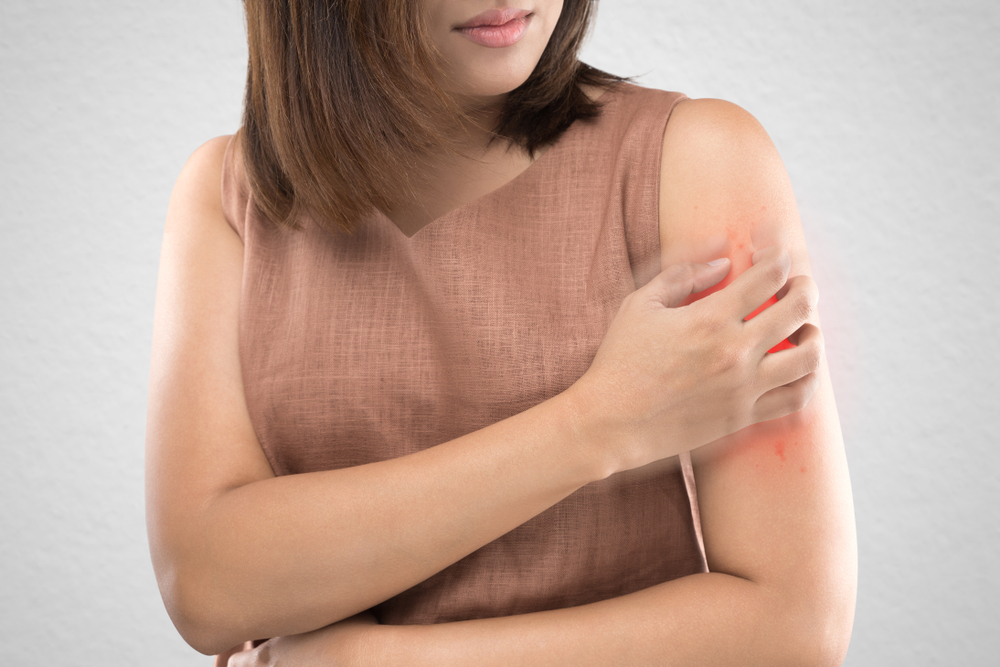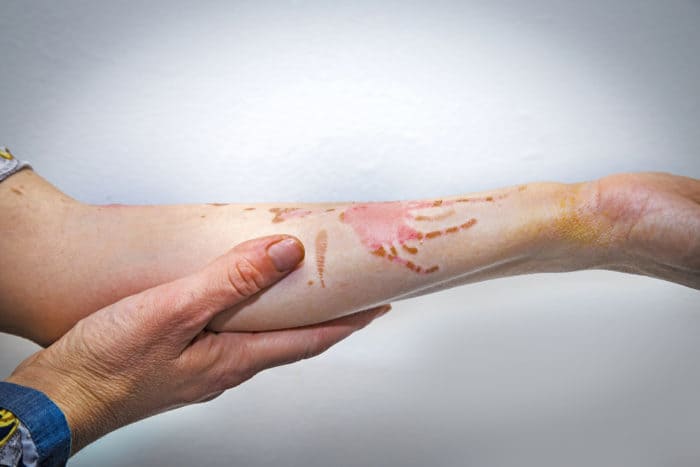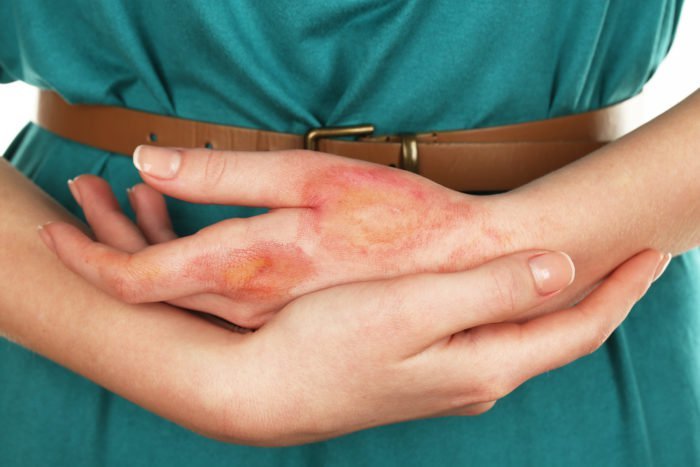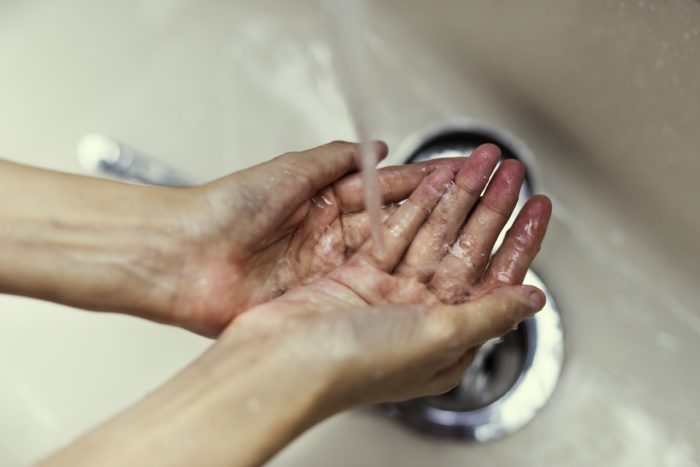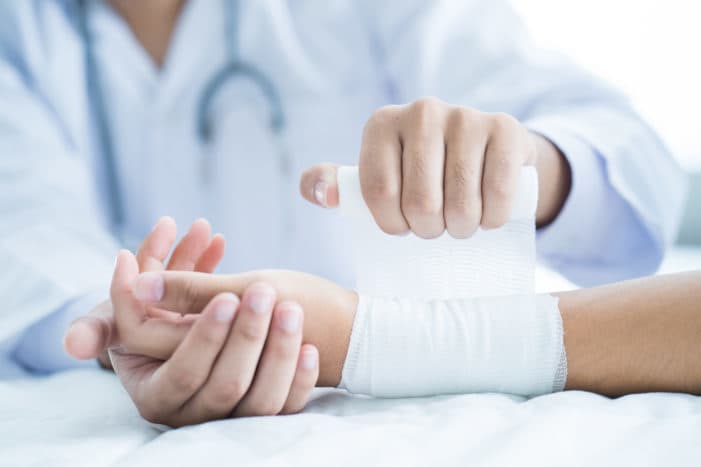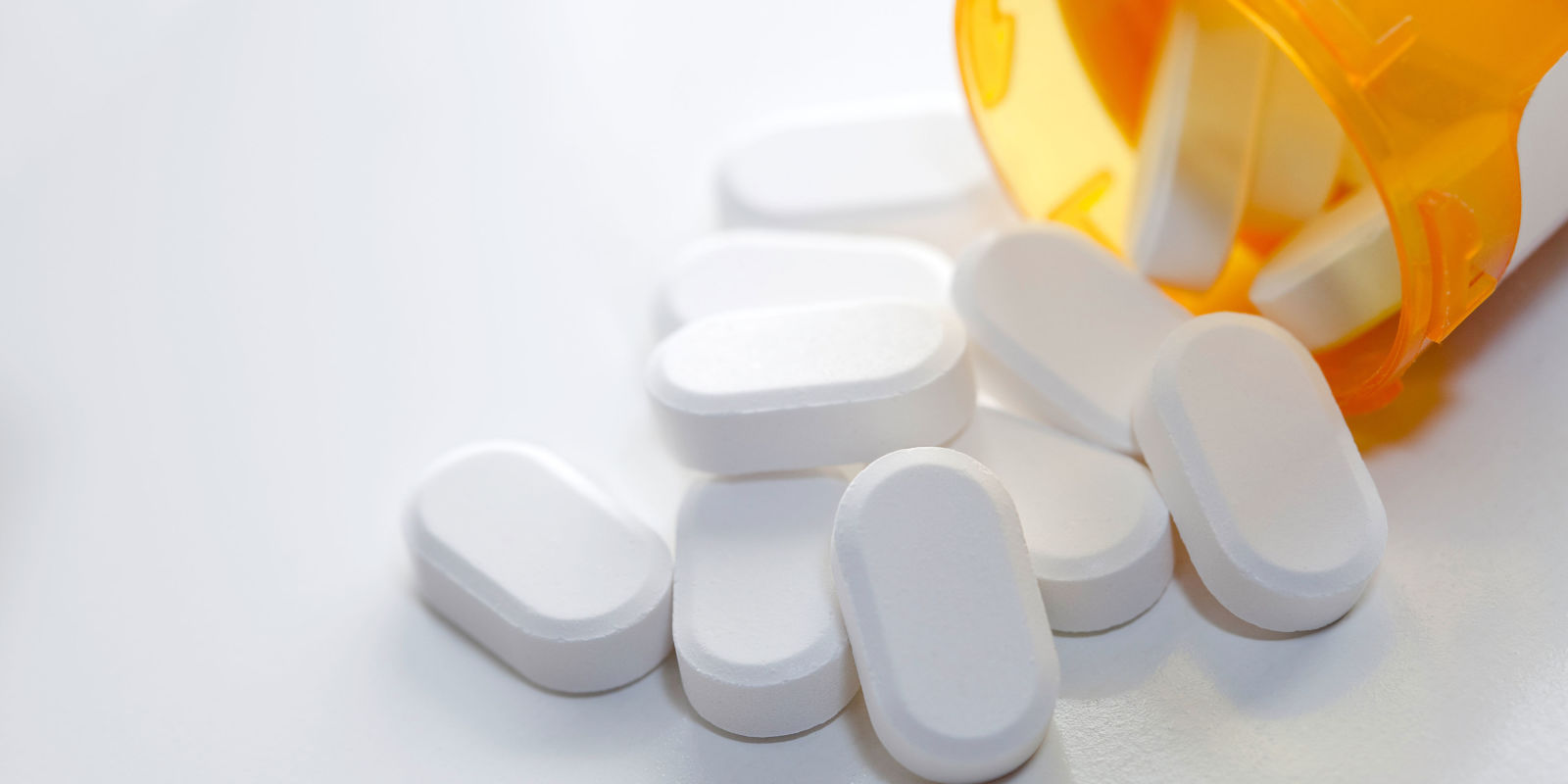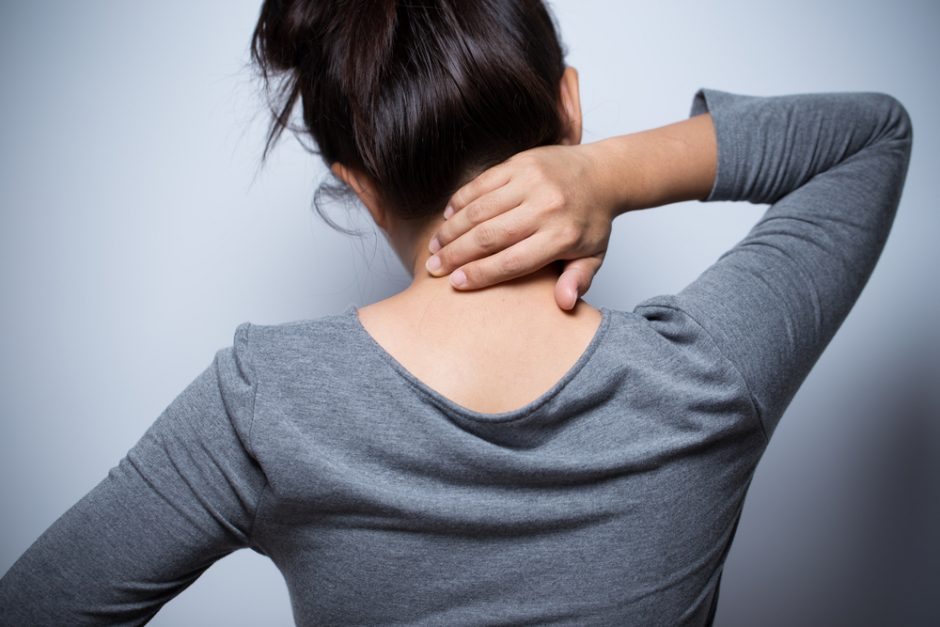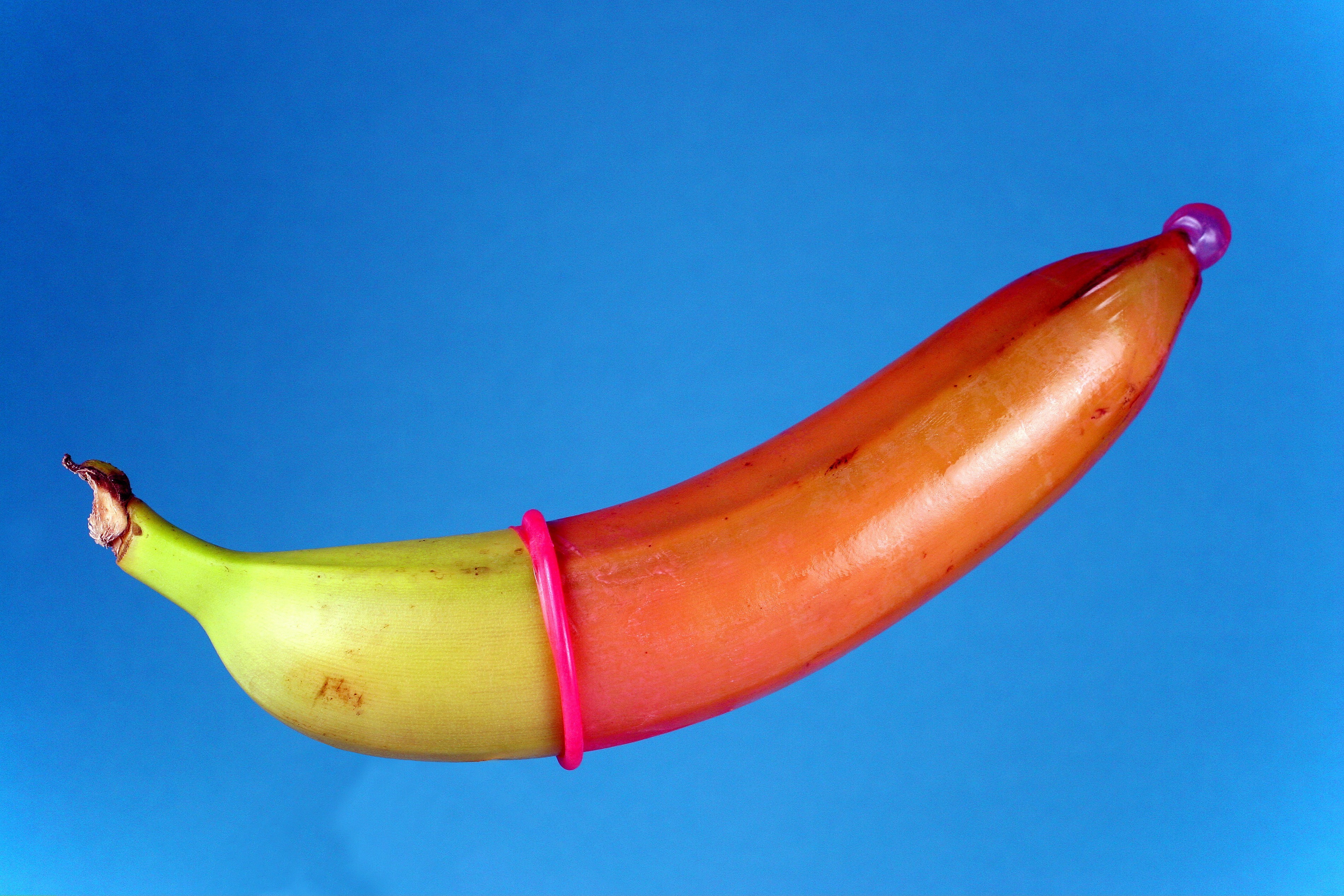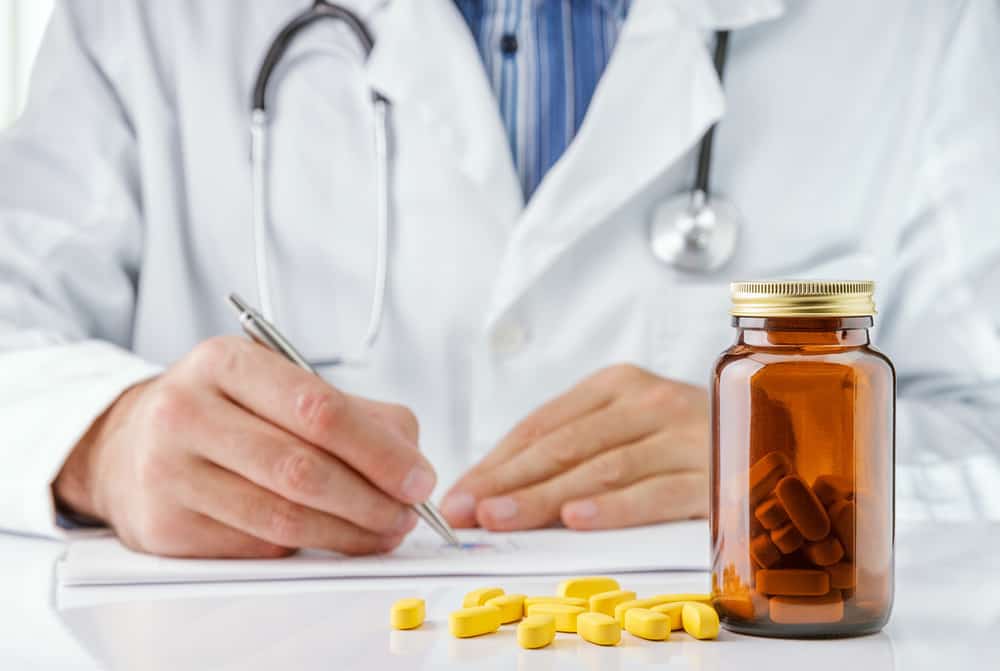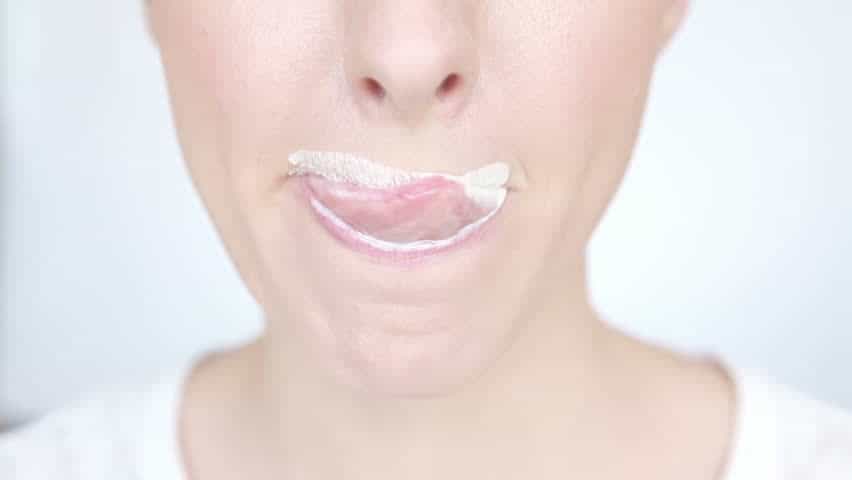Contents:
- Medical Video: Burns: Classification and Treatment
- What are the causes of chemical burns?
- This is a sign of chemical burns
- What should be done when subjected to chemical burns?
- Immediately go to the doctor if this happens
- What treatments will the doctor give?
Medical Video: Burns: Classification and Treatment
Burns do not always occur because of exposure to heat such as fire and exhaust. Chemicals can also cause burns that need to be dealt with seriously. So if you get burns, how do you deal with it? Check out the full review here.
What are the causes of chemical burns?
Burns due to chemicals will cause irritation or destruction of tissue. Usually this exposure is due to exposure to substances directly or exposed to steam. Exposure to these chemicals can occur anywhere, whether at home, at work, at school, and others due to an accident or it could be because of an attack.
Most chemicals that can cause injury are very acidic or very alkaline chemicals. For example hydrochloric acid or sodium hydroxide. Examples of other chemicals that can cause chemical burns such as:
- Car battery acid
- Whitening agent
- Ammonia
- Chlorination products in ponds
- Cleaning agent
This is a sign of chemical burns
- Redness, irritation
- Pain or numbness in the area of the affected body
- Blisters or blackened skin in one area
- Vision changes if chemicals enter the eye
- Gag
What should be done when subjected to chemical burns?
Handling due to injuries must be done as early as possible. Immediately call the hospital number or emergency number 119 to get emergency services. While waiting you can take some rescue actions.
- First, keep away the chemicals that cause burns.
- Rinse the affected area under running water for 10-20 minutes (not too briefly). If chemicals come into contact with your eyes, rinse your eyes continuously for at least 20 minutes before seeking further emergency care. Immediately rinsing the injured area with lots of water is very important to dissolve the chemicals that attach.
- Remove clothing or jewelry or cloth contaminated with chemicals in the body. Take care carefully, not to let these chemicals stick to other areas of the body that are not exposed to chemicals, or to other people.
- To keep the condition of the wound from getting worse, wrap the burned area with a bandage or wipe it clean loosely.
- If the burn is not too deep, you can use a pain reliever such as ibuprofen or paracetamol (acetaminophen). If the wound is very heavy, wait for the medical officer to come to take the next action. Or immediately go to the nearest emergency room.
Immediately go to the doctor if this happens
When you or your family has a burn, pay attention to the mark carefully. When this happens, immediately go to the doctor and do not delay.
- Burns are quite large, more than 7 cm
- Burns occur in large joints such as the knee
- The pain does not disappear with the administration of pain medication
- The appearance of signs and symptoms of shock, shortness of breath, dizziness, and blood pressure weakening or decreasing
What treatments will the doctor give?
Treatment given during burns will vary in each case. Depends on the severity of the damaged tissue.
- Antibiotics
- Antigatal medicine
- Debridement (wound care action), cleaning or removing dead tissue
- Skin grafts, by attaching healthy skin from other body parts to the skin affected by burns
- Infusion
If this burn is very severe, other special care is needed:
- Skin replacement
- Healing pain
- Cosmetic surgery
- Occupational therapy to help restore movement ability as before
- Counseling and education

